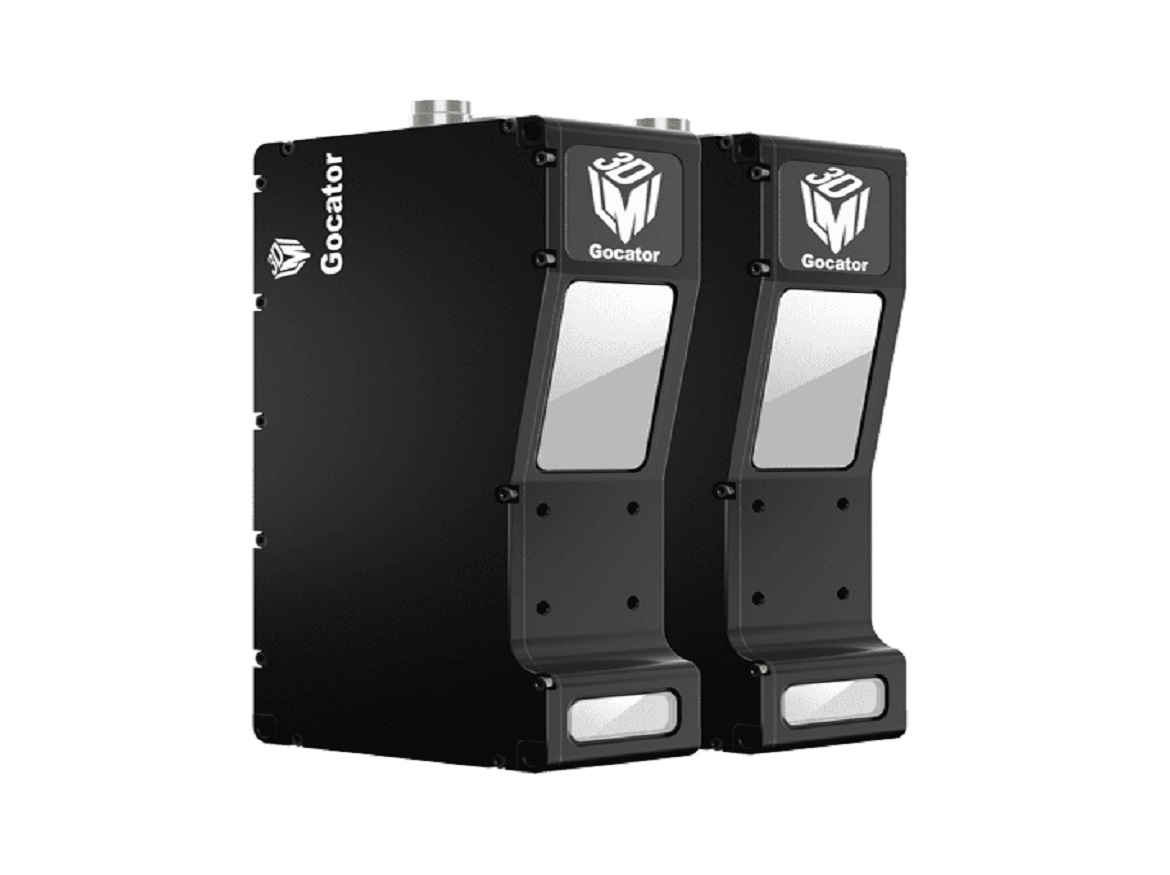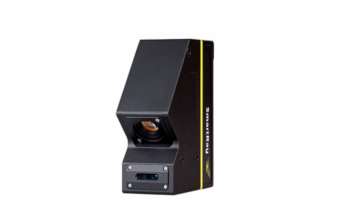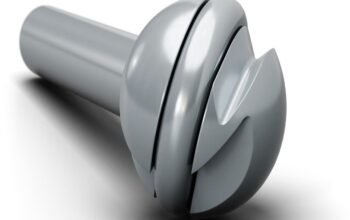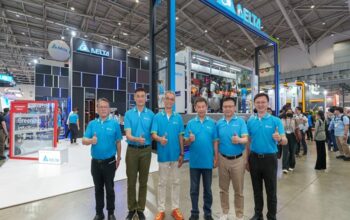The Gocator 2500 3D laser profiler series from LMI Technologies has long been a go-to choice for precision measurement and inspection tasks across a range of industries. With its high-speed performance and versatile design, the Gocator 2500 has become a staple in production and quality control environments around the world.
Now, LMI Technologies is taking things to the next level with the introduction of new wider FOV models of the Gocator 2500 3D laser profiler series. These new models offer even greater flexibility and accuracy, making them ideal for a wide range of applications.
So, what exactly are these new models, and how do they differ from the existing Gocator 2500 series? Let’s take a closer look.
First and foremost, the new wider FOV models of the Gocator 2500 3D laser profiler series offer a significantly larger field of view than their predecessors. With a FOV up to 200mm wide, these models can capture more data in a single scan, allowing for faster and more accurate measurement and inspection.
In addition to the wider FOV, the new models also feature improved resolution and accuracy. With a measurement repeatability of up to 3 microns, these profilers can capture even the smallest details with precision and accuracy.
But that’s not all. The new wider FOV models of the Gocator 2500 series also feature advanced software capabilities that make them even more powerful and versatile. For example, the Gocator 2500’s built-in inspection tools now include surface flatness analysis, enabling users to identify and correct issues with surface flatness in real-time.
Other new software features include improved part recognition, enhanced measurement tools, and better integration with third-party software and systems. All of these improvements make the Gocator 2500 3D laser profiler series even more flexible and adaptable to a wide range of production and quality control environments.
So, whether you’re working in automotive manufacturing, consumer goods production, or any other industry that requires precise measurement and inspection, the new wider FOV models of the Gocator 2500 3D laser profiler series are definitely worth considering. With their improved accuracy, flexibility, and advanced software capabilities, these profilers are sure to make a big impact on the world of 3D measurement and inspection.
A variety of inspection applications in EV batteries, rubber and tyres, road and rail, food processing, and other industries are addressed by the potent combination of fast scan rates (up to 10 kHz including scanning and 3D measuring) and broader fields of vision.
The new Gocator® 2540/50 high-speed wide field of view 3D laser line profile sensors have been officially released, according to LMI Technologies (LMI), a leading provider of 3D scanning and inspection systems.
Gocator 2540/50 laser line profilers offer broader fields of vision for increased scan coverage in addition to the 2500 series’ trademark lightning-fast scan rates. These small, factory-calibrated smart sensors can be used by engineers in production lines for quick 3D measurement and inspection of a variety of manufactured materials, such as low-contrast materials like black rubber tyres and bright machined-metal EV batteries and consumer electrical assemblies.
Here are a few highlights of the Gocator 2540/50’s attributes:
- Up to 10,000 profiles per second including 3D measurement
- Up to 518 mm field of view
- Up to 0.064 mm X resolution
- Up to 1.2 microns Z repeatability
- Setup & control via a web browser or SDK
- On-board tools, no programming required
- Native multi-sensor networking
- Extend with GDK and GoMax NX
The versatility of our well-liked, high-speed 2500 series is further expanded with the Gocator 2540 and 2550 laser profilers. Engineers can now use this potent sensor lineup in new inspection applications where speed and maximum line scan coverage are of significant performance advantage because they can scan, measure, and control at up to 10 kHz and have ever wider fields of view, according to Mark Radford, CEO of LMI Technologies.
Click on the following link Metrologically Speaking to read more such news on Metrology.









